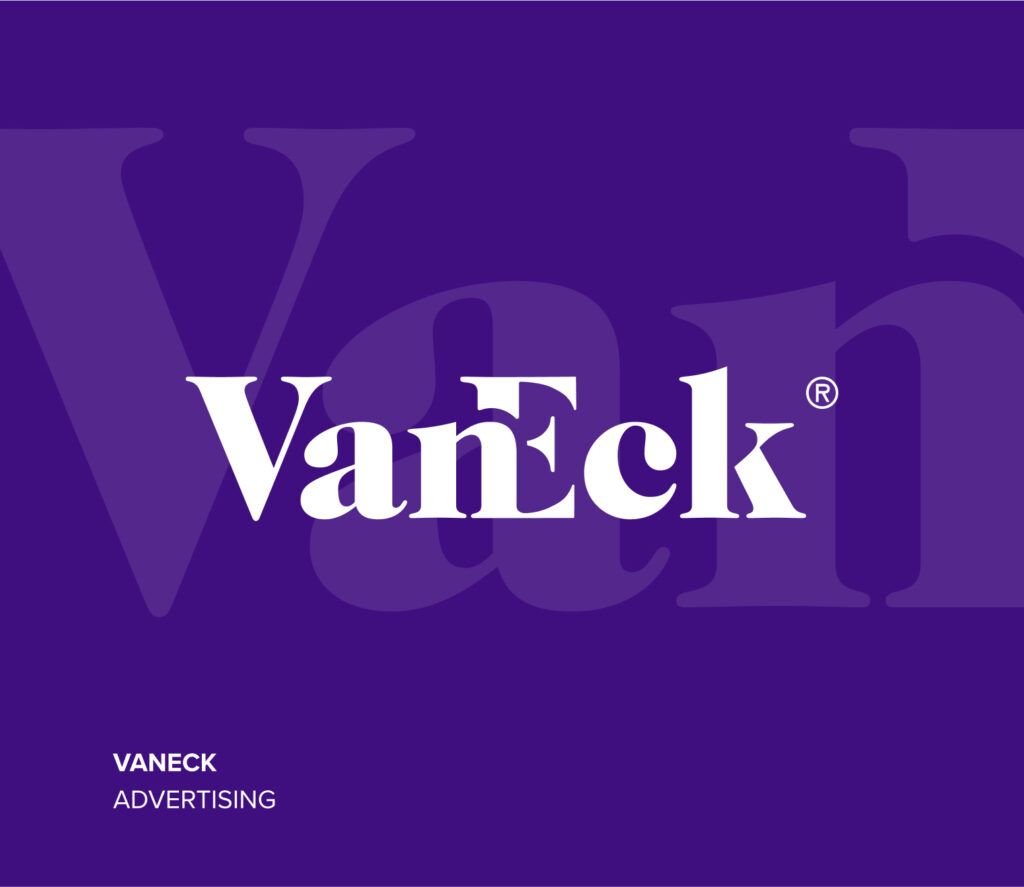
As we kick off a new year, are you debating whether your company should spend more time on social media? Whether you have experimented with social and digital channels in the past or you are just getting started, there are plenty of benefits to having a more robust social presence.
You might be unsure about prioritizing social media over other business matters, but what if I told you that increasing your social presence could help solve some of these problems as well? From growing your website traffic to informing your product development, social media has become a one-stop shop for many business needs.
With the world becoming more connected every day, it has never been easier to find and engage with your target customers. But, don’t just take my word for it. In their “State of Social” report for 2019, Buffer found that 73% of businesses found social media to be “somewhat effective” to “very effective” for their marketing efforts.
However, if you are still on the fence, here are three more reasons why your company should increase its social media presence in 2020:
More People Are Spending More Time on Social Platforms
Though there are still only 24 hours in the day, many Americans are spending more of those hours on social media. According to GlobalWebIndex, Americans spend roughly 2 hours and 6 minutes a day on social, with even higher usage rates among young people. Globally, 16-24 year olds spend over 3 hours a day using social media.
But social media isn’t just fun and games. An increasing number of Americans use social media for their news, finding new products, and discovering career opportunities. According to a Pew Research Center report released October 2, 2019, 54% of Americans are getting their news from social media, with the primary source being Facebook followed by YouTube and Twitter.
When it comes to product discovery, 60% of Instagram users and 77% of Pinterest users reported finding a new product while using the platform. In aggregate, Kleiner Perkins reported that 55% of consumers eventually bought a product after discovering it through social channels.
Lastly, when it comes to career opportunities, LinkedIn is the social platform of choice for B2B marketers, with 89% of them utilizing it for their marketing efforts. While people spend less time on LinkedIn than some other platforms, according to Kinsta 40% of LinkedIn’s users still utilize the site daily.
Whether you are going B2B or B2C, you need to follow your customers. Fortunately, we know that your customers are increasingly on social media.
Social Media is Cost-Effective for Finding Your Ideal Customer
With the rise of social, it has never been easier to find your ideal customer. Before the precision of social media, you had to run advertisements to large audiences in hopes of overlapping with your core demographic, but not anymore. Now, many social platforms allow you to target individuals based on age, education, and/or geography, among other factors.
This kind of targeting has been used extensively by both B2C and B2B marketing teams. According to SmartInsights, Facebook is the most used social network for B2C marketers, with 94% of B2C businesses surveyed reported as using it, while LinkedIn was the most popular among B2B marketers with a 90% reported usage rate.
More importantly though, among paid social marketing efforts, the most common goal for B2B and B2C companies was the same—increased lead generation. Unfortunately, measuring the ROI on social efforts continues to be challenging industry wide. As Social Media Today wrote, “Even though many can’t quantify the exact impact, most marketers believe social tactics help their business.”
Fortunately, we do have some data to support this statement. A survey by DemandWare found that 62% of B2B marketers using LinkedIn were able to generate leads from their social marketing efforts, which was over 1.5 times higher than the percentage of B2B marketers that generated leads from Facebook, the next highest lead generation platform.
Social media has given businesses the power to find customers in a way that they never could have previously, but the benefits don’t end there…
Social Media is Increasingly Used to Build Trust and Inform Product Development
After finding your ideal customer, you can also use social media to gain their trust and utilize their feedback to improve your product. Social media is particularly effective at this because it allows you to provide an intimate experience for your customers that alternative forms of marketing cannot provide.
A 2018 report by Edelman found that social media marketing was most useful for brand discovery and for making customers fall in love with your brand. Unfortunately, the report also found that social media can make customers fall out of love with your brand if the messaging isn’t consistent, so make sure your efforts are high quality.
When it comes to collecting feedback to inform product development, social has a leg up on other channels because it allows customers to feel like their voices will be heard. Whether you are collecting feedback in one-on-one conversations or searching through user comments on your product posts, the intimacy of social media provides a useful window into how your company is perceived by its customers.
What’s Stopping You?
With over 90% of U.S. companies utilizing social media marketing, it’s well past time to join the revolution. Increasing your social media presence is a win-win for you and your customers. You get to find them, engage with them, build trust, and inform your product development all at the same time. But if regulation is a concern, we have tips for that, too…


